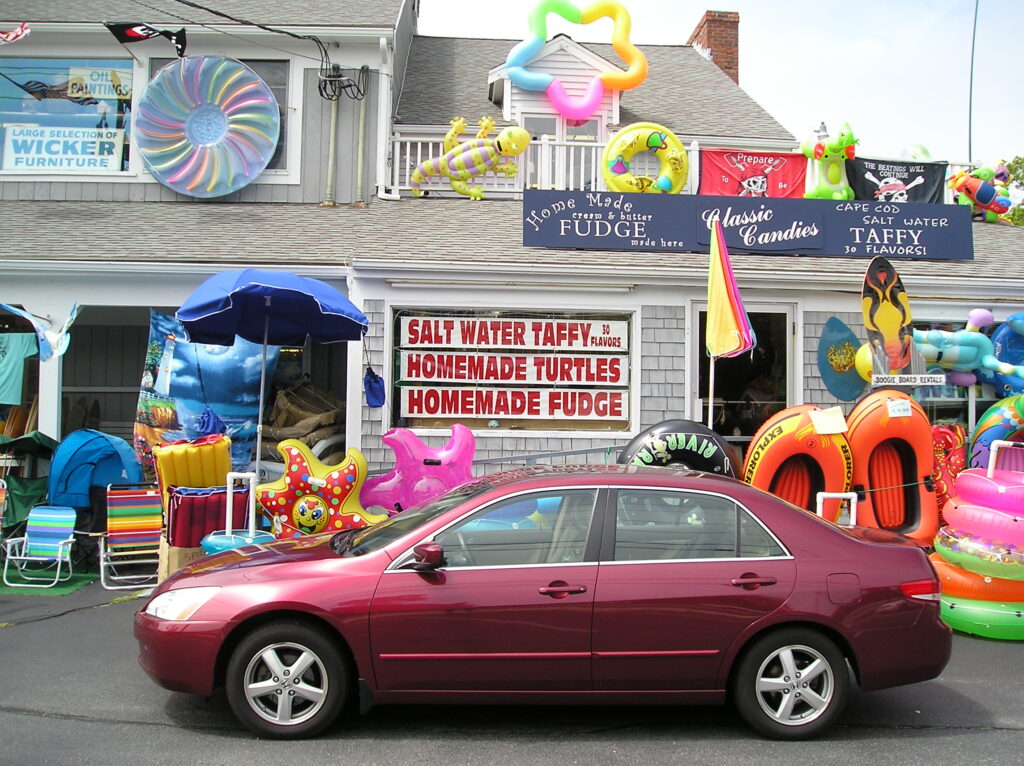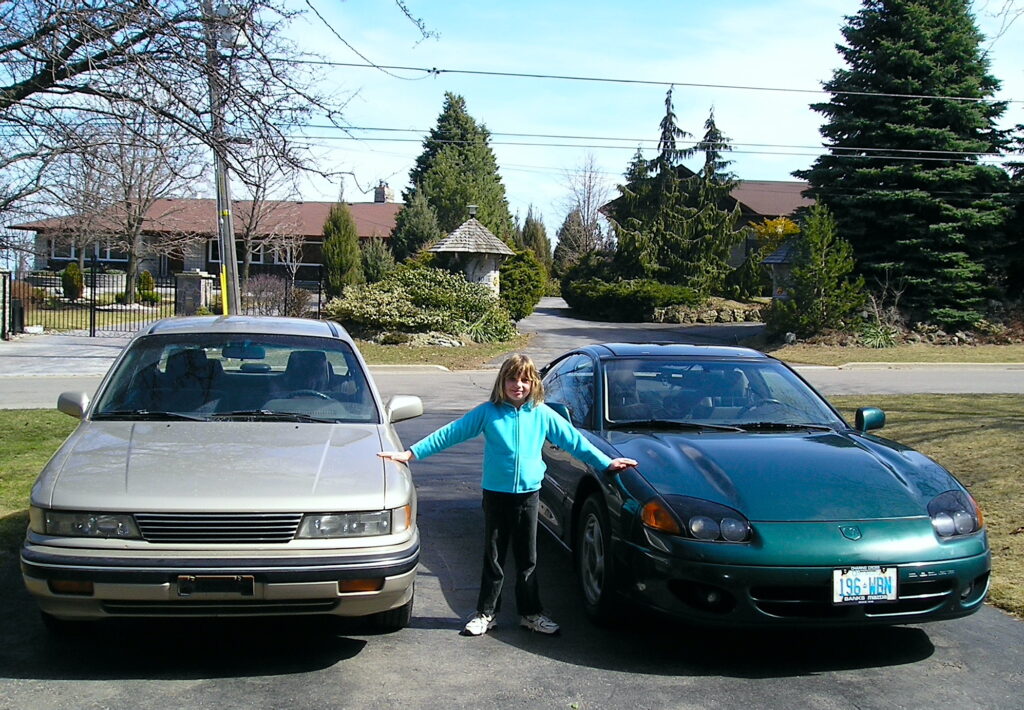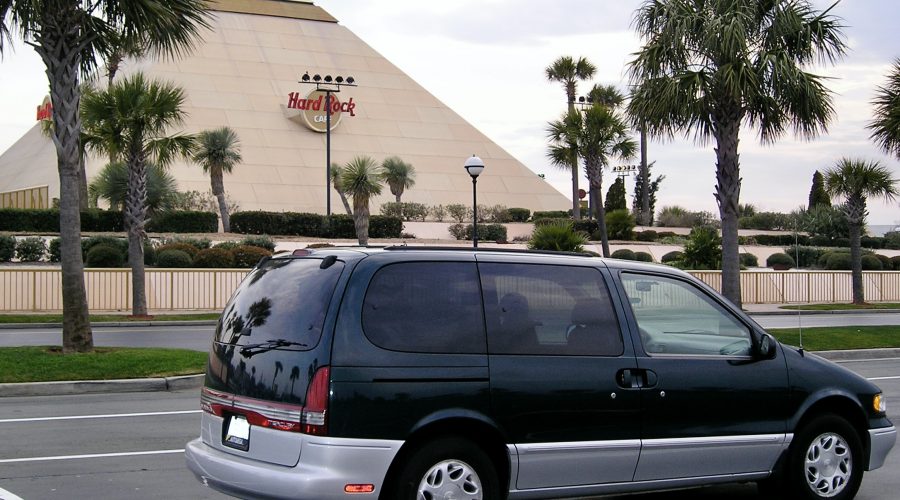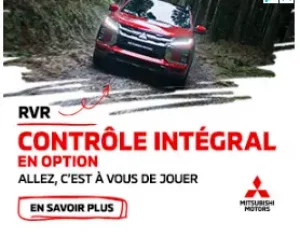It was after the engine sputtered and died and the Toyota quietly rolled onto the shoulder that I briefly questioned my faith in cheap cars.
With the fuel gauge pegged at the quarter-tank mark, I was certain I could make it to the next gas station in the old Corolla I had picked up for a song. Funny thing is the needle never budged lower. And as I learned later, the Low Fuel warning light had burned out.
The tank had run dry along a desolate part of Highway 7 east of Kaladar, Ontario. Luckily, a passing motorist gave me a lift to the gas stop and I was back on the road within the hour. I barely thought about that incident until last week when I recounted the 27 used cars I’ve owned.
They haven’t all been winners, but I can’t deny I’ve saved a Brinks truckload of money over the years buying used. Canadians know this, too, with used-vehicle sales outnumbering new sales two to one. And as my daughters join the motoring community, they recognize the wisdom of doing the same.
My very first was a 1974 Mazda 808 I got as a student in 1982. It was one of the few Mazdas with a piston engine at the time – the automaker was pushing its rotary engine – although my 808 burned oil as badly as a Wankel. I quickly sold it for $200 more than I had paid.
Slightly enriched, I bought a 1974 Toyota Corolla SR5 that packed a five-speed stick in what was an economy car. I drove the whee out of it for three years – until I noticed an alignment problem and put it on a hoist, only to see the engine hang out the bottom like a cast-iron piñata. The frame was broken; Toyota had yet to learn how to make a car withstand our briny roads.

I scrapped it and bought a lemon-yellow 1978 Ford Fiesta for $150 and got it on the road for $900. Driving one night I smelled something burning and looked down at the dash, only to be blinded by a blue-white flash. The car kept running, but the engine overheated and the head warped. The Fiesta took a permanent siesta in the scrapyard at the ripe old age of seven years.
I bought a used Dodge Ram 50 mini-pickup truck, the first of three Mitsubishis I grew to admire. Our 2000 GTX and Stealth coupe were as rare as Ferraris on Canadian roads.
My first Honda (of many) was a pristine 1984 Prelude I purchased from a Forest Hill family whose daughter had grown bored with it. When I married, we honeymooned in Cape Breton in a 1986 Honda Accord hatchback that had an alignment issue attributed to bad half-shafts.
Later, with a baby on the way, my mother-in-law insisted we buy a safer car, so we shopped for the cheapest new model with airbags. We bought a 1996 Saturn SL with manual transmission and manual steering. Our only option was a $100 mirror for the passenger door.

Eventually we became a family of five, which necessitated a lifestyle change: We became minivan people. Our first was a used Nissan Quest purchased from a Chrysler dealer that somehow missed the two rolled joints in the ashtray (a parental coping strategy?). It was followed by a Mercury Villager, a Pontiac Montana and, finally, a high-mileage Toyota Sienna before the girls outgrew the need for chauffeured transportation.
Our oldest daughter got her driver’s licence early at our behest; we were tired of getting up at 5:30 am to take her to her rowing club. I found a 2009 Pontiac Vibe that’s served her well, largely thanks to the Toyota engine under the hood.
We’ve acquired other used cars along the way, including a pristine 1990 Nissan Stanza from an 80-year-old man who had grown unsure of his driving skills. He wept when we came to collect it. I bought an old Accord from a neighbour who moved out west; I picked it up from the airport after they abandoned it in the parking lot. I think I mailed them for $400.
Last month I bought a 2009 Hyundai Elantra from a friend for $1,000. Our youngest daughter is learning to drive and she needs wheels to get to her workplace in the suburbs.
With 245,000 kilometres on the clock, this vintage Korean import is surprisingly durable. It uses a stout iron-block DOHC 2.0-litre engine that’s engineered to go the distance – one Quebec owner put one million kilometres on his 2008 model. Ours had the timing belt replaced recently, a good omen. Still, you can expect some expenses when you buy a thousand-dollar car.
To put ours on the road required new front brakes and a flex pipe in the exhaust system to pass the $250 safety inspection (recorded on video to address fraud). One door handle was broken, but because they only come in black, I bought two to change on one side of the car while the other side has two body-colour handles.
With the frigid weather we discovered the car’s tiny battery was weak, so I replaced it for $140. Winter’s onslaught also prompted an oil change to a full synthetic, which flows easier in the deep cold and improves fuel economy a smidge.
Altogether, our Elantra has cost us a total of $2,540 complete with licence plates. There are a couple of cosmetic fixes – a torn driver’s seat and the scrape and dent on the rear-quarter panel – that will wait until our daughter passes her driver’s test this summer.
In the meantime, I’m using the Elantra this winter and it isn’t the penalty box you might expect. The unassuming sedan gets out of its own way, cruises at 120 km/h without too much din, and the front seats heat up nicely – an unexpected luxury in a dirt-cheap beater.
While it’s still early days, I have a feeling the Elantra is going to be one of our better buys. Although, come to think of it, I don’t recall the Low Fuel lamp lighting up at all.
I should probably keep an eye on that.
Mark Toljagic is an experienced automotive writer and business journalist who has a keen interest in informing consumers about issues that affect their investment in a rapidly depreciating asset. Mark has been writing for the Toronto Star for 27 years and contributed to Phil Edmonston’s Lemon-Aid books. As a member of the Automobile Journalists Association of Canada (AJAC), Mark has received more than 20 awards for his insightful writing, including Automotive Journalist of the Year twice. He resides in Scarborough, Ontario.







